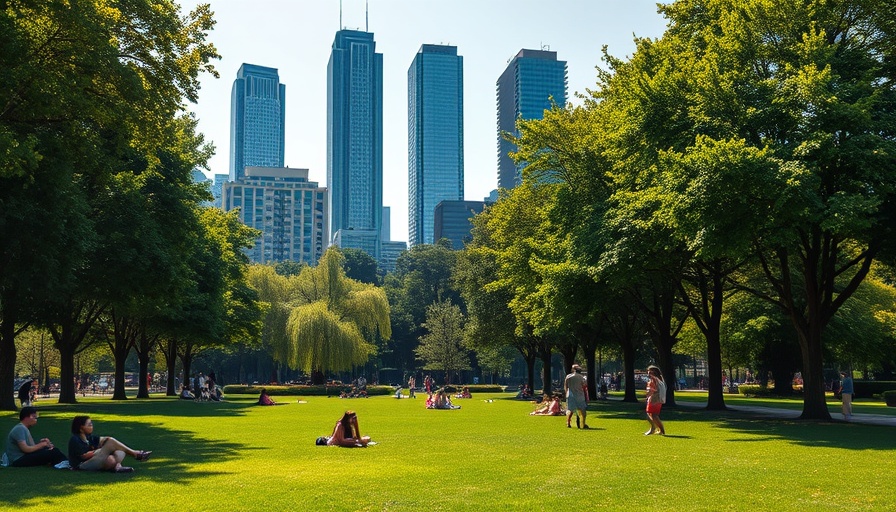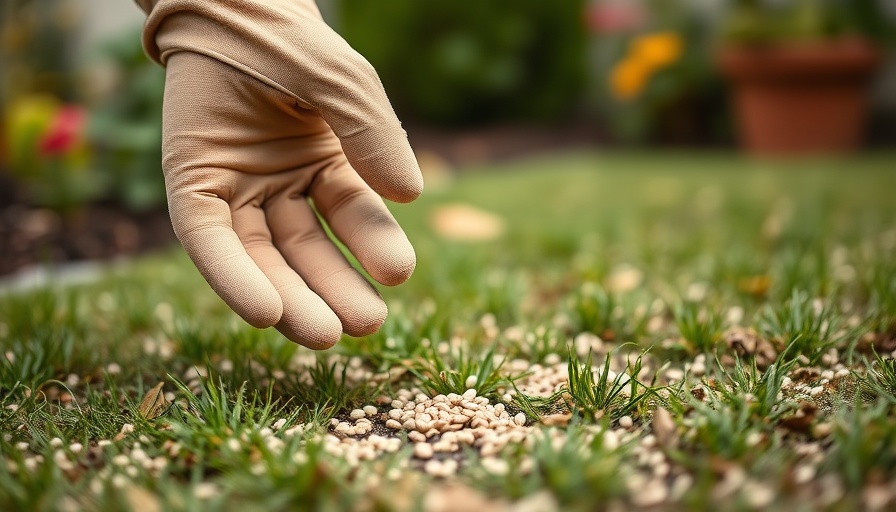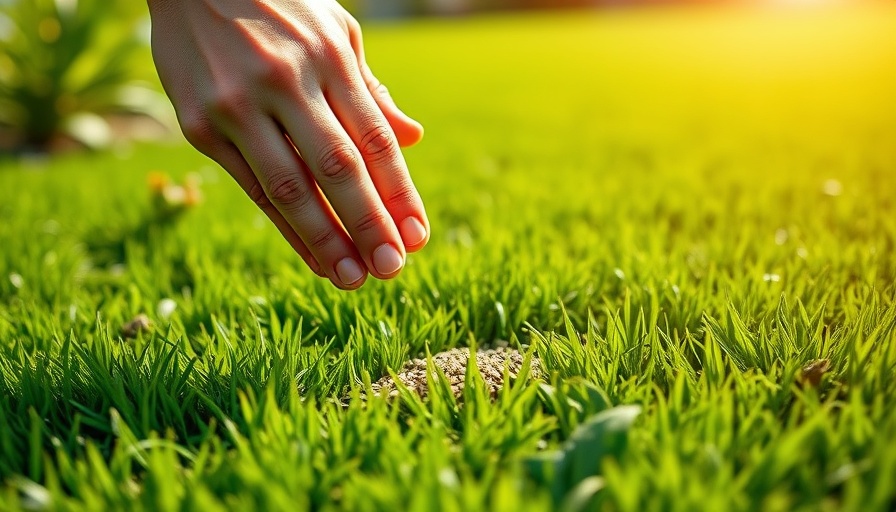
Urban Composting Gains Momentum in 2025
As cities across the United States aim to reach their zero-waste targets by 2025, composting is no longer a niche activity. According to a survey by LawnStarter, nearly half of Americans are integrating composting into their kitchen and yard routines, transforming waste into reusable resources. This surge in composting not only reflects a growing environmental consciousness but also points to substantial advancements in municipal and private waste management programs.
Top Cities Pioneering Composting Efforts
The LawnStarter survey ranked 500 cities on their composting prowess, considering factors like accessibility to composting facilities and local interest. Leading the charge are cities with robust municipal programs, such as New York, which recently launched mandatory composting initiatives. The survey highlights key metrics and offers a comprehensive analysis of which cities stand out in their composting efforts.
Understanding Demographics and Composting Habits
Who exactly is contributing to the composting trend? Data reveals intriguing patterns across various demographic groups. Younger adults aged 18 to 24 show a considerably higher tendency to compost at public gardens compared to those over 65. However, younger individuals often cite lack of knowledge and time as barriers. Meanwhile, Black respondents lead in daily composting habits, illustrating diverse engagement levels within communities.
Overcoming Challenges: HOA and Other Barriers
A surprising obstacle to composting progression is homeowners' associations (HOAs), which frequently prohibit composting due to odor concerns. Notably, individuals earning over $100,000 often encounter these restrictions more than other income groups. Additionally, those with advanced educational degrees are more likely to voice concerns about odor, despite their awareness of environmental impacts, highlighting an area for improved public education and policy intervention.
Future of Composting: A Growing Necessity
Looking ahead, composting is poised to play a critical role in sustainable urban living. As more cities adopt mandatory programs and as awareness grows, composting could become an integral component of waste management systems. This trend signifies not just an environmental shift, but also a social one, where communities actively participate in reducing waste and nurturing local ecosystems through practical methods.
Unique Benefits of Composting Awareness
Understanding and engaging in composting can lead to enhanced community involvement and individual empowerment. By transforming waste into valuable resources, residents can contribute to healthier gardens and reduced waste, fostering a sense of accomplishment and environmental responsibility. Moreover, as urban spaces become more compact, composting offers a sustainable solution to waste management, encouraging a circular economy model.
 Add Row
Add Row  Add
Add 


Write A Comment